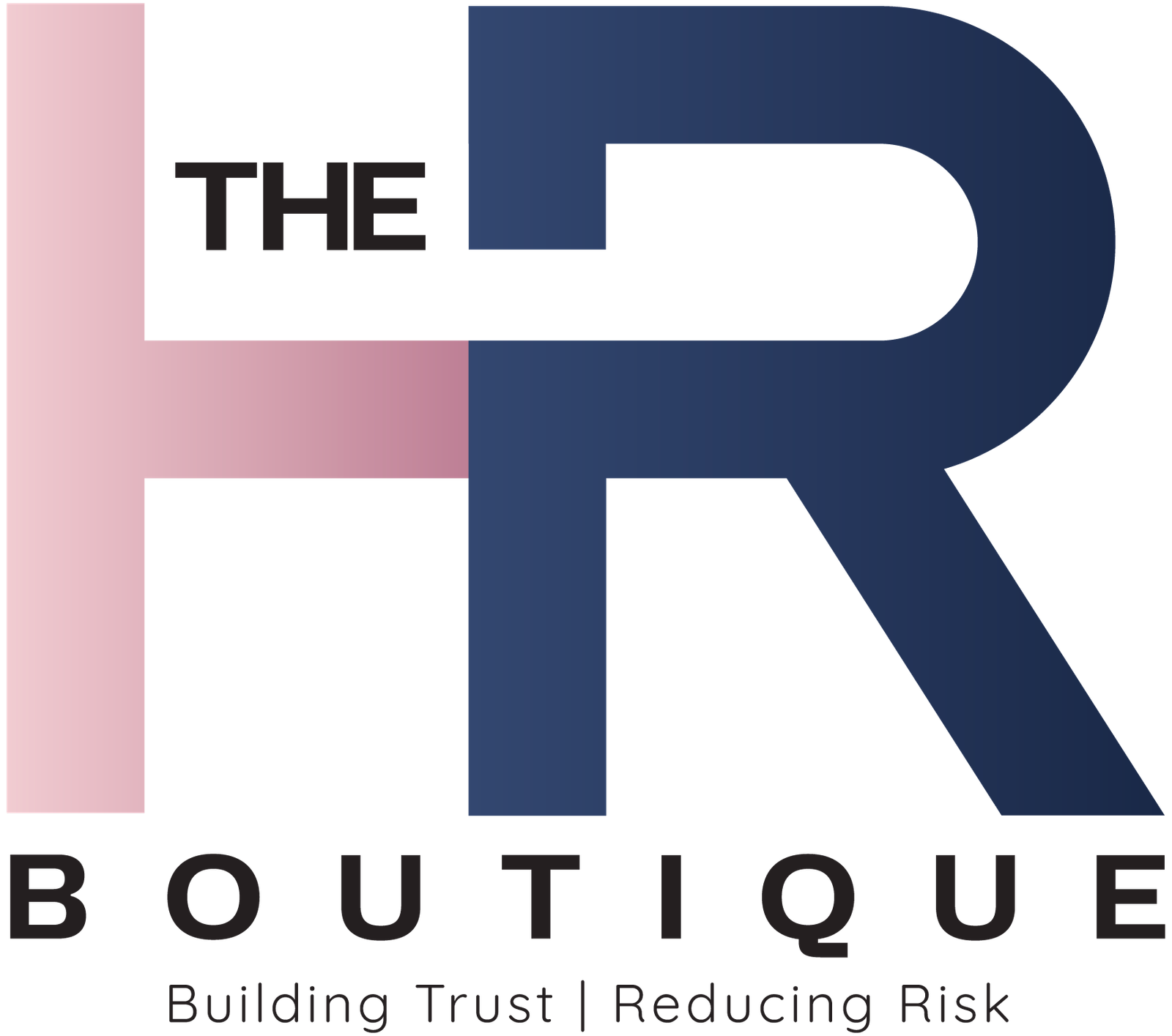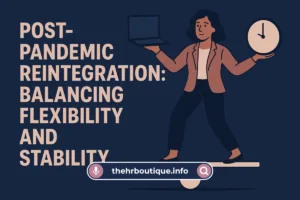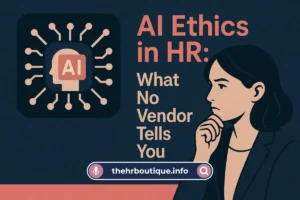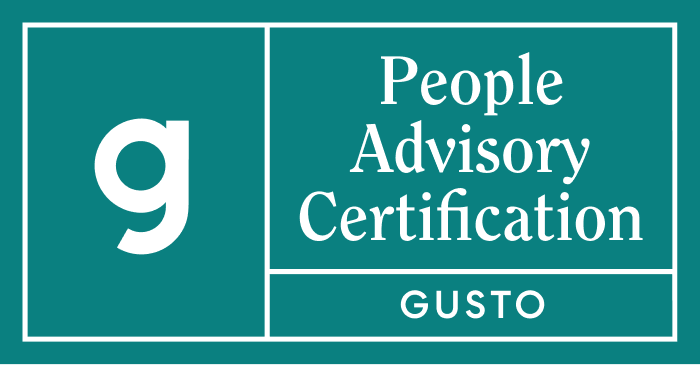Let me tell you about the worst HR disaster I ever witnessed. A growing tech startup – we’re talking 150 employees – was using a patchwork system of spreadsheets, sticky notes, and “tribal knowledge” to manage their workforce. Paychecks were late half the time, new hires showed up to find no one expected them, and turnover was through the roof. Then they implemented proper HR management solutions, and within six months? Night and day difference.
That’s what we’re diving into today – not just what HR management solutions are, but how they can transform your business from chaotic to streamlined. And I promise, no corporate jargon – just real talk about what works, what doesn’t, and how to tell the difference.
What Exactly Are HR Management Solutions?
At its core, HR management solutions are the tools and systems that help businesses handle their people operations effectively. But that dry definition doesn’t capture how game-changing these can be. Think of them as:
- Your HR department’s brain (remembering everything).
- Its muscle (getting things done efficiently).
- And its nervous system (connecting all the people parts).
The Big Three Categories You Need to Know
1. HR Information Systems (HRIS)
- The digital filing cabinet that doesn’t lose anything.
- Tracks everything from PTO to performance reviews.
- Example: When Susan in accounting asks about her remaining vacation days, you don’t have to dig through three different spreadsheets.
2. Recruitment & Onboarding Platforms
- Where “Help Wanted” meets “You’re Hired” without the headache.
- Automates resume screening, interview scheduling, and new hire paperwork.
- Real benefit: No more chasing down signatures for I-9 forms.
3. Performance Management Tools
- Turns annual reviews from dreaded formalities into useful conversations.
- Helps track goals, feedback, and development plans.
- Secret perk: Gives managers actual data instead of gut feelings.
Why Your Business Can’t Afford to Wing It Anymore?
Remember my spreadsheet horror story? Here’s what changed after they got proper systems:
- Time Savings That Add Up Fast
- Automated payroll processing saved 20 hours/month.
- Digital onboarding cut new hire setup from 3 days to 3 hours.
- Self-service portals reduced basic HR questions by 60%.
- Compliance You Can Actually Sleep With
- Automatic updates when labor laws change.
- Digital paper trails for audits.
- No more panic when the DOL comes knocking.
- Data That Actually Helps You Decide
- Spot turnover trends before they become crises.
- See which departments excel at developing talent.
- Track the real ROI of your benefits package.
The Nuts and Bolts: What Modern Solutions Actually Do?
Let’s get specific about features that matter:
1. Employee Self-Service Portals
- Update personal info without HR involvement.
- Access pay stubs and tax forms anytime.
- Request time off and see balances in real-time.
Why it matters: When we implemented this at my last company, HR’s “where’s my W-2?” calls dropped by 80% in January.
2. Integrated Payroll Systems
- Calculates taxes automatically.
- Handles different pay schedules (salaried, hourly, contractors).
- Syncs with accounting software.
Pro tip: Look for solutions that handle local tax quirks – nothing worse than realizing your system doesn’t account for Philadelphia’s wage tax.
3. Smart Recruitment Tools
- Parses resumes into searchable databases.
- Tracks candidate pipelines visually.
- Stores interview feedback systematically.
Game changer: AI screening that surfaces the best candidates while reducing unconscious bias.
Choosing the Right Solution: It’s Not One-Size-Fits-All
Here’s how to avoid shiny object syndrome:
- Start With Your Pain Points
- Constant payroll errors? Focus there first.
- Losing top candidates to slow hiring? Prioritize recruitment tools.
- Compliance nightmares? Get robust record-keeping.
- Consider Your Growth Curve
- What works for 50 employees will choke at 200.
- Look for scalable solutions that grow with you.
- Avoid overbuying – you don’t need enterprise features for a small team.
- Integration is King
- Should play nice with your existing software.
- Watch out for hidden costs of “connecting” systems.
- Test the API or ask about pre-built integrations.
Implementation: Where Good Systems Go to Die? (And How to Prevent It)
The dirty secret? Most HR tech fails at implementation. Here’s how to nail it:
- Clean Your Data First
- Garbage in = garbage out.
- Take time to standardize employee records.
- Pro tip: Assign one person to quarterback this.
- Phase Your Rollout
- Start with core functions (payroll, records).
- Add modules gradually (performance, learning).
- Allows for troubleshooting without overwhelming users.
- Train, Then Train Again
- Initial training sessions.
- Quick reference guides.
- “Office hours” for questions post-launch.
True story: A client rushed implementation without training – six months later, managers were still submitting PTO requests via email because no one showed them the system.
The Human Side of HR Tech
Don’t forget – these are tools to serve people, not replace them. The best solutions:
- Enhance human judgment, don’t eliminate it.
- Free HR to focus on strategy vs paperwork.
- Give employees more transparency and control.
Final Thoughts: Is It Worth the Investment?
After helping dozens of companies through this transition, here’s my take:
Good HR solutions pay for themselves in:
- Reduced compliance risks.
- Lower administrative costs.
- Better retention.
- More strategic HR.
But only if you:
- Choose the right fit for your needs.
- Implement thoughtfully.
- Actually use the features.
What’s your experience? Love your current system? Still battling spreadsheets? I’d love to hear what’s working (or not) for you – drop your thoughts below!




